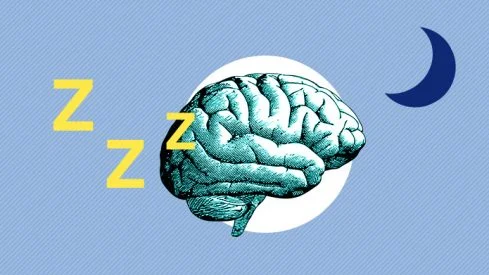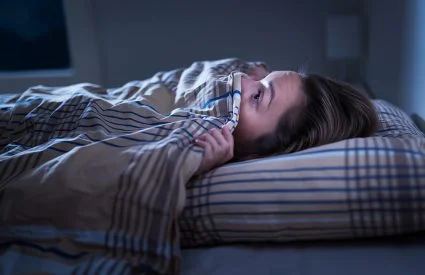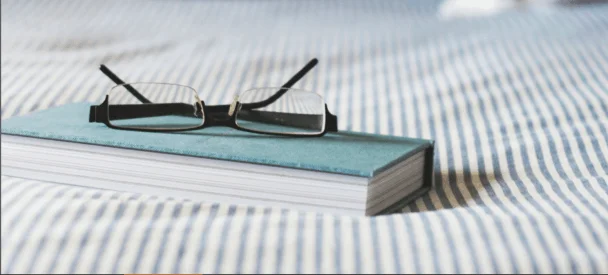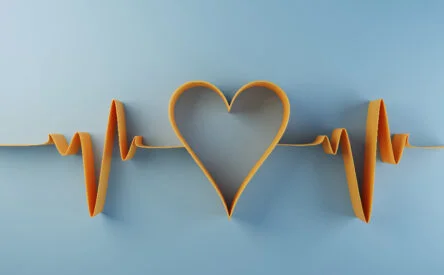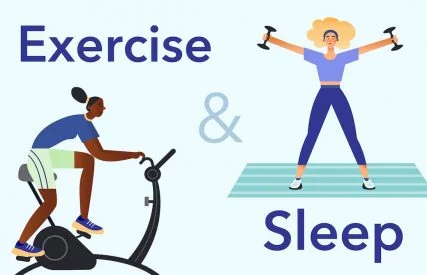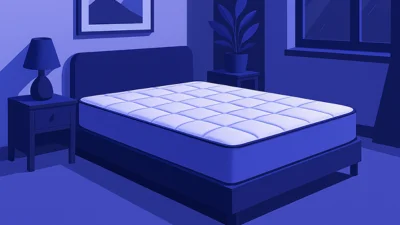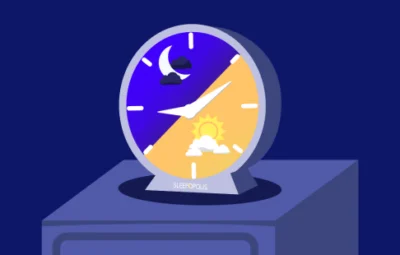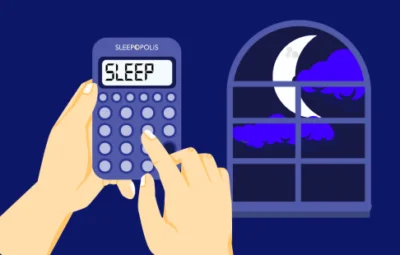
Rest and sleep are the same thing…right? It might surprise you to learn that the answer is actually pretty complicated. Ordinarily, you might think of sleep as rest; you’re resting your eyes, your body, and your mind all at once. However, there is actually a pretty important difference between rest and sleep, particularly how they impact your physical and mental health.
Well+Good sat down with several experts about what the difference between rest and sleep really is. You might be wondering why there is a need to differentiate between sleep and rest – if you’re resting while you sleep, then isn’t that good enough? Founder and CEO of Meridian Counseling Sandra Kushnir, LMFT told Well+Good that “it’s important to differentiate between the two, because while sleep is vital for physical and cognitive functioning, rest is crucial for emotional and mental well-being.” (1)
As it turns out, rest doesn’t always look like closing your eyes and laying down. According to some experts, rest can look like being around people who fill your cup emotionally, appreciating beauty in the world around us, and clearing your mind after a long day. Some experts suggest that there are seven different types of rest, and that each type of rest can impact a person differently. (2)
What Is The Difference Between Rest and Sleep?
To really dig into the difference between rest and sleep, it’s probably a good idea to have a solid grasp on what rest and sleep really mean. According to Sleepopolis sleep is a necessary biological process that involves light and dark signals, hormones, neurotransmitters, and specific genes.
Human beings must sleep to be able to function during the day, and the average adult needs anywhere from 7-8 hours of sleep tonight to function normally. With insufficient sleep, people can see short term impacts on their mood, focus, cognition, and more. Long term consequences of insufficient sleep can include heart disease, stroke, depression, and more. (3)
Rest manifests itself differently than sleep does. According to Well+Good’s interview with Kushnir, rest is any activity that can help “soothe your limbic system and allows you to be present, creative, and free from the pressures of performance or work.” Rest is also a completely separate biological process to sleep, with clinical psychologist at Nia Integrative Healing, Patty Johnson, PsyD telling Well+Good that brain activity is different during rest and sleep. She says that “We’re able to tap into creative ideas or find clarity on a difficult issue while in a state of deep rest, but we’re not able to process these tasks while asleep.” (1)
So…How Many Kinds of Rest Are There?
Apparently, there are up to seven different types of rest a person could need. Well+Good sat down with Dr. Sandra Dalton-Smith, who ideated the seven types of rest. (2)
According to Dalton-Smith, the seven types of rest are: physical rest, mental rest, spiritual rest, emotional rest, social rest, sensory rest, and creative rest. To achieve each different type of rest, there are different things that you’ll need to do, and not every person will need every type of rest all of the time. For example, if you’re someone who has a physically demanding job but you are surrounded by people who fill your cup socially, then you might need more physical rest than social rest. (2)
How Do I Get The 7 Types of Rest?
If you want to achieve more physical rest, Dr. Dalton-Smith told Well+Good that you should try things like walking leisurely, doing yoga or a stretching routine, and focusing more on ergonomics. Mental rest can be achieved by engaging in mindfulness practices, or even doing what Dr. Dalton-Smith calls a “brain dump” by writing down everything that’s in your brain onto a piece of paper so that you can “dump the information out of your brain and onto something concrete.” (2)
How you engage with spiritual rest will differ based on how you choose to practice religion, but according to Well+Good’s interview with Dr. Dalton-Smith, spiritual rest can even look like being “very intentional about appreciating other people and recognizing others, and bringing empathy and community into certain settings. Emotional rest can look like sharing your emotions and feelings in a safe way with the people around you. Dr. Dalton-Smith recommends journaling if you aren’t comfortable sharing your feelings verbally. If you’re craving social rest, then you should focus on connecting with the people around you and simply enjoying their company. (2)
If you need sensory rest, then Dr. Dalton-Smith recommends using noise-canceling headphones or visiting a sensory deprivation tank. For the last type of rest, creative rest, Dalton-Smith told Well+Good that “Whenever you’re able to look at something with childlike awe and wonder, it unlocks your own inspiration and creativity.” She recommends engaging with nature, or the arts when it comes to creative rest. (2)
Sources
- Hsieh, Carina. Why we need to stop conflating sleep with rest. Well+Good. https://www.wellandgood.com/rest-vs-sleep-difference/
- Hsieh, Carina. There are 7 types of rest—Here’s how to know which one you need. Well+Good. https://www.wellandgood.com/7-types-of-rest/
- What are sleep deprivation and deficiency? National Heart, Lung, and Blood Institute. March 24, 2022. https://www.nhlbi.nih.gov/health/sleep-deprivation
